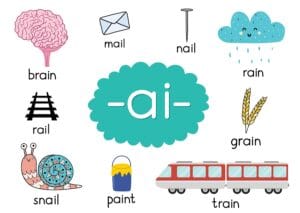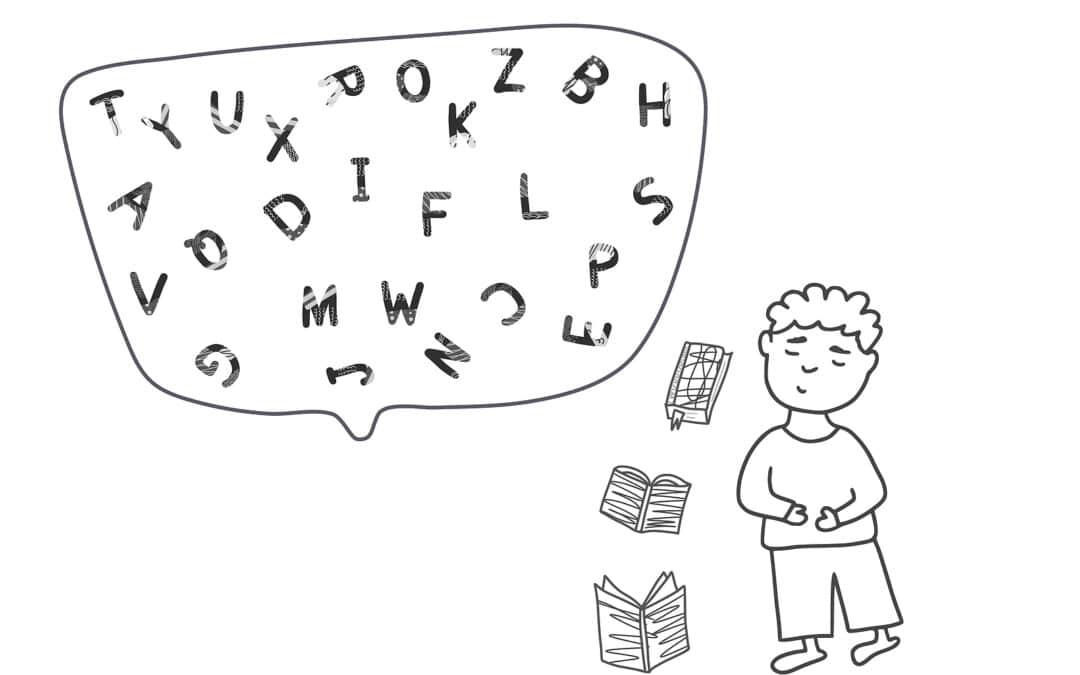The best way to teach your dyslexic child to read and spell – phonics and dyslexia part 1
This blog on phonics and dyslexia is part of my dyslexia in the classroom series and a must read for parents and all educators. Please read and share.
It’s important to remember that dyslexia affects (among other things) the ability to hear (and learn) how individual letters represent sounds. Blending sounds, decoding words and spelling are all difficult for kids with dyslexia and therefore it’s vital that they are taught to suit their learning style.
Given that these basic skills are affected, it’s really important that your child’s school is aware of the best way to teach any child with dyslexia to read. While certain phonics programmes are very common in primary schools (Jolly Phonics is one of the most popular examples), they are not the best way to teach a child with dyslexia. Believe it or not, they’re not structured enough.
When Ella was first diagnosed with dyslexia, a great deal of emphasis was placed on her re-doing her phonics. This made sense to me however I hadn’t realised how important an approach called Structured Synthetic Phonics (SSP) is. At this time, Ella was simply taken back to the start of the school’s phonics programme and struggled just as much as she had first time round.
Step by step with Toe By Toe
I was overwhelmed with all the information on dyslexia and had no idea which path was the best one to take. However with hindsight, and the best advice I can give to anyone with a young, newly diagnosed, dyslexic child is to purchase the book Toe by Toe. Especially if your child’s school doesn’t follow a highly-structured alternative to phonics.
 If your child is being given extra classes of phonics, I would suggest that they work through this book from the beginning with their support teacher. This will ensure everyone is on the same page with regards to support.
If your child is being given extra classes of phonics, I would suggest that they work through this book from the beginning with their support teacher. This will ensure everyone is on the same page with regards to support.
Toe by Toe is a highly structured phonics-based manual, specifically designed to be used for just 20 minutes every day. It guarantees almost instant improvement. Best of all, it is easy to understand so can be used at home or school. You do not need to be a teacher to support your child as they work through the book.

Highly structured synthetic phonics programmes increase understanding of phonics in small, manageable steps. No words are taught with sounds not yet learned and absolutely no guesswork is involved. There is a precise order to teaching the sounds followed by a highly structured practice. Spelling and reading are taught together.
Multisensory is always best for phonics and dyslexia
When combined with a multisensory approach to learning, it is proven to be a successful method of teaching a dyslexic child to read and spell. Had I known all of this when we were just starting out on our dyslexia journey, I’d have saved a great deal of time and tears.
Those familiar with my blog will know that I’m a strong advocate for multisensory learning. The following are simple ideas to midify any phonics curriculum for children with dyslexia using structure and multisensory approaches:
- Teach all sounds in isolation and use text examples that only use sounds that the student has been taught. Do not introduce new sounds in the text examples.
- Teach sounds in a strict order (any order as long as there is one). This helps with organisation and structuring the decodable texts.
- Multisensory techniques to introduce include:
- Air writing, sand trays and finger tapping and colour coding are great options when learning new sounds
- Ask your students/child to say the sound as they write it
- Introduce games using the sound groups
- Have them listen to the text as they follow it on paper.
For more information on teaching a child with dyslexia to spell, read my post here.
Educating the educators
I am extremely passionate about schools being dyslexia friendly and accessible. Unfortunately, most of them fail to live up to their own claims. Children with dyslexia learn differently, and as my dyslexia in the classroom series shows, small changes to classroom design and teaching techniques will make the world of difference to those with any kind of learning difficulty.
Are you a teacher and want to find out more? Click here to visit my Dyslexia in the classroom series. For more information, contact me here at any time. I love to hear from you and am only happy to help!



Is there a toe by toe French equivalent? My daughters French teacher does not have a structured phonics like approach to teaching French. Spelling tests are around themes not sounds. Thanks.
As far as I’m aware there isn’t. But please contact toe by toe directly as they may be able to point you in the right direction.
https://toe-by-toe.co.uk/
Who can I contact to obtain more information about online interactive Phonics gaming solutions for children with Dyslexia? I’m really interested in the educators who specialize in content generation. If you can help, I’d be greatly appreciative.
Hi there…
Nessy.com has many online resources and monthly subscription options.
Twinkl (.com and .co.uk) also has online resources and a monthly subscription plan.
These would be the best two places to start.
Hope this helps!
I am a grandmother of a dyslexic girl. She was diagnosed last year. She is 11 now in 5 th grade. She is still struggling with reading. I want to help her before she goes to 6th grade.
I appreciate anything you can help us with. Thx
Hi there, I highly recommend audiobooks. These can be used alongside the actual books as well. It’s important that your granddaughter’s struggles don’t have a negative impact on her love of reading/literature/imagination. By listening to books either while reading alongside, or simply listening to them, your granddaughter will be hopefully start to enjoy the wonderful world books have to offer. With technology improving at such a rapid rate, tools such as speech to text will also help enormously. It can be difficult for children with dyslexia to sound out the words in their head to find the spelling. Speech to text makes this struggle slightly easier while reinforcing the correct spelling.
In the same way, touch typing will really help. It helps with muscle memory while typing. We loved the TTRS (Touch, Type, Read and Spell course). Even just a few minutes a day will help and have a really positive effect when it comes to reading also. You can find a blog about this on my site.
Reading out loud often causes anxiety in kids with dyslexia – especially in class. Your grandaughter may be far more comfortable reading along while you read with her.
Have you tried colour overlays for books? These can be found on Amazon. Sometimes the black type on a white background makes it even more difficult to focus as letters often jump around. The overlays come in a variety of colours and it may be worth trying different colours to see if one in particular helps more than others. Again, you can find these on my blog. I’ve written about tools for dyslexia. Take a look and see if any of these resources could help.
It sounds like she has a very supportive grandmother and this more than anything will help as she gets into her teenage years. Confidence often takes a nose dive at this time, but having that support around is really invaluable.